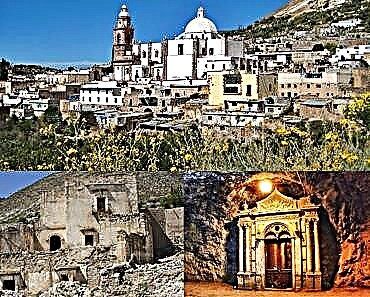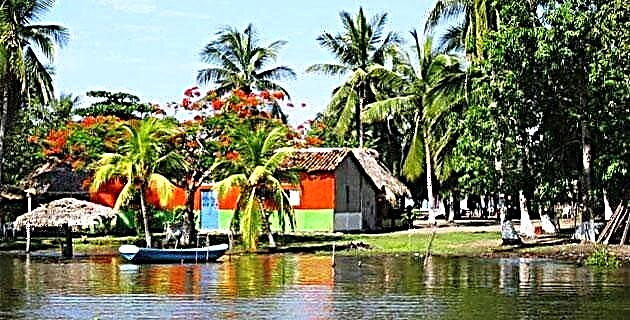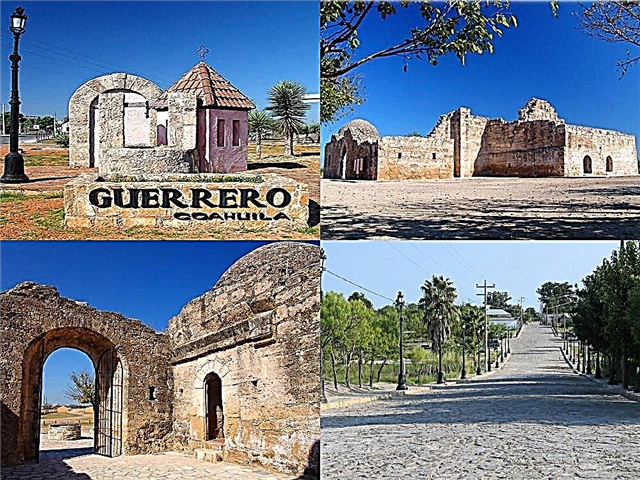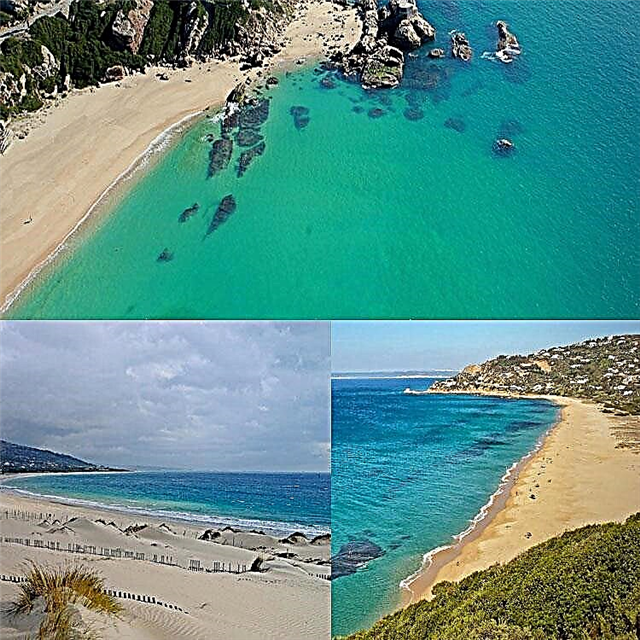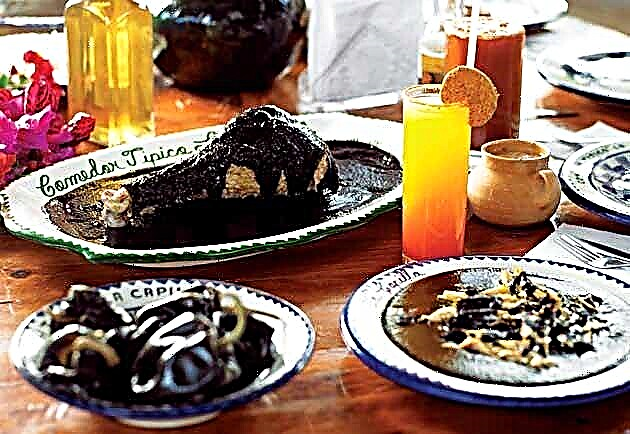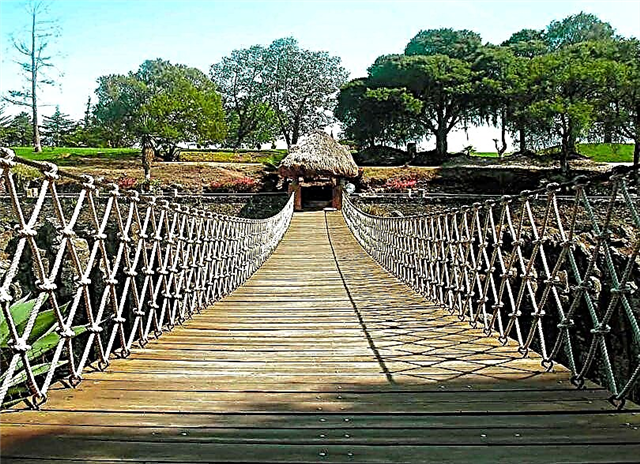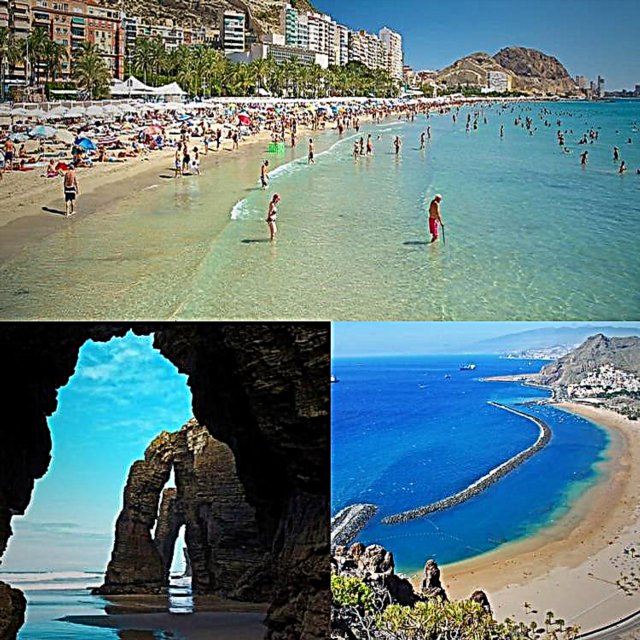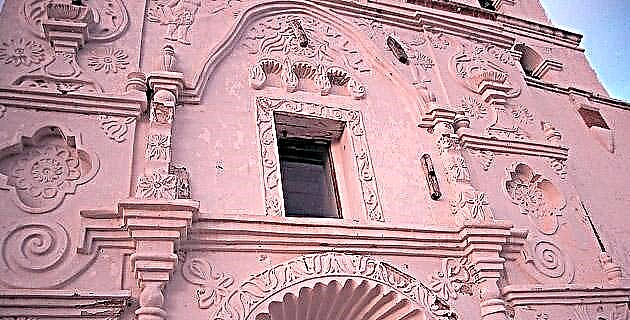
If something characterizes the history of the Pimería Alta, it is the antagonistic ups and downs of construction efforts and calamities, of which in a certain way its religious architecture is testimony.
The fundamental point of reference for this story is Father Kino. Thus, the Franciscan legacy is vast and colorful. What remains of the Jesuits is rare, and that of Father Kino in particular, even rarer. However, there is a misunderstanding in the term mission. In reality, the mission is the work towards the evangelical ideal: a project of civilization. And in this sense, the heritage of Eusebio Francisco Kino is much greater than what we describe here.
The church in the town of Tubutama, north of Sonora, with its picturesque somewhat baroque appearance, seems to hide in its walls the intense history of the Pimería Alta missions.
The first temple of Tubutama was perhaps a simple arbor built by Father Eusebio Francisco Kino during his initial visit in 1689. Later came more sophisticated constructions that succumbed to some dramatic event: a rebellion of the Pimas, an attack by the Apaches, the scarcity missionaries, the inhospitable desert ... Finally, the current building was made between 1770 and 1783, which has lasted for more than two centuries.
THE JESUIT REMAINS
Kino explored, among other regions, almost the entire Pimería Alta: an area comparable in extent to Austria and Switzerland together, comprising northern Sonora and southern Arizona. However, what he worked hard as a missionary was a territory roughly half the size, the approximate ends of which are Tucson, to the north; the Magdalena River and its tributaries, to the south and east; and Sonoyta, to the west. In that territory he founded two dozen missions, what remains of those buildings? According to many researchers, only fragments of walls in what was the mission of Nuestra Señora del Pilar and Santiago de Cocóspera.
Cocóspera is nothing more than a church abandoned for more than 150 years. It is located halfway - and next to the highway - between Ímuris and Cananea, that is, on the eastern border of Pimería Alta. The visitor will only see the structure of the temple, already without a roof and with a few ornaments. The interesting thing about the place, however, is that they are two buildings in one. The inner part of the walls, which is generally adobe, corresponds, they say, to the temple dedicated by Kino in 1704. The buttresses and masonry decorations outside, including the portal that today is supported by a scaffold, is of the Franciscan reconstruction made between 1784 and 1801.
In the Bízani plains, a site 20 km southwest of Caborca, there are also some pieces of what was the mission temple of Santa María del Pópulo de Bízani, built in the middle of the 18th century. Something more encouraging is the show in Oquitoa, site of the old mission of San Antonio Paduano de Oquitoa. In this town, 30 km southwest of Átil, the church is very well preserved and still in use. Although it is known that it was "beautified" in the last decade of the 18th century, it can be considered more Jesuit than Franciscan. The building, erected perhaps around 1730, is a “shoe box”, the typical model followed by the Jesuits in the incipient stages of the missions of northwestern Mexico: straight walls, flat roof of beams and branches covered with various materials (from manure up to bricks), and although it is seen that the Franciscans stylized the sober lines of the doorway a bit, they did not build a bell tower: today the faithful continue to call mass thanks to a belfry as primitive as it is charming that is above the facade .
FRANCISCAN SPLENDOR
The example opposite the Oquitoa temple is the church of San Ignacio (formerly San Ignacio Cabórica), a town 10 km northeast of Magdalena. It is also a Jesuit building (perhaps made by the famous father Agustín de Campos in the first third of the 18th century) that later, between 1772 and 1780, was modified by the Franciscans; but here the Franciscan predominates over the Jesuit. It already has attempts at side chapels, it has a firm bell tower and its ceiling is vaulted; In short, it is no longer a church for neophytes, nor that of a newly founded mission.
In the town of Pitiquito, 13 km east of Caborca, the temple is a Franciscan work made between 1776 and 1781. Inside there are a series of slightly later frescoes, with figures and symbols of Our Lady, the four evangelists, some angels , Satan and Death.
The temples of San José de Tumacácori, in Arizona (about 40 km north of Nogales), and of Santa María Magdalena, in Magdalena de Kino, Sonora, were erected by the Franciscans and completed after Independence.
The most beautiful buildings that can be found in Pimería Alta are two outstanding Franciscan churches: San Javier del Bac, on the outskirts of present-day Tucson (Arizona), and La Purísima Concepción de Nuestra Señora de Caborca (Sonora). The construction of both was carried out by the same master mason, Ignacio Gaona, who practically made them twins. They are not very impressive due to their size, they look like any other church from the late viceroyalty of a medium-sized city in central Mexico, but if you think that they were built in two tiny towns on the edge of New Spain (San Javier between 1781 and 1797, and Caborca between 1803 and 1809), they look huge. San Javier is somewhat slimmer than the Immaculate Conception, and has a series of surprisingly beautiful Churrigueresque altarpieces made of mortar. The Caborca church, on the other hand, surpasses its sister due to the greater symmetry of its exterior.
IF YOU GO TO PIMERÍA ALTA
A first group of towns with old missions is located towards the northwest of the state of Sonora. From Hermosillo take highway no. 15 to Santa Ana, 176 km north. Pitiquito and Caborca are on federal highway no. 2, 94 and 107 km to the west, respectively. From Altar –21 km east of Pitiquito– take the paved deviation towards Sáric, in whose first 50 km you will find the towns of Oquitoa, Átil and Tubutama.
The second group of towns is to the east of the previous one. Its first point of interest is Magdalena de Kino, 17 km from Santa Ana on highway no. 15. San Ignacio is 10 km north of Magdalena, on the free highway. To get to Cocóspera you have to continue to Ímuris and there take federal highway no. 2 leading to Cananea; the ruins of the mission are about 40 km ahead, on the left side.
In Arizona, the Tumacácori National Monument and the town of San Javier del Bac are 47 and 120 km north of the Nogales border crossing. Both points are practically to one side of the interstate highway no. 19 that unites Nogales with Tucson, and they have clear signs.

